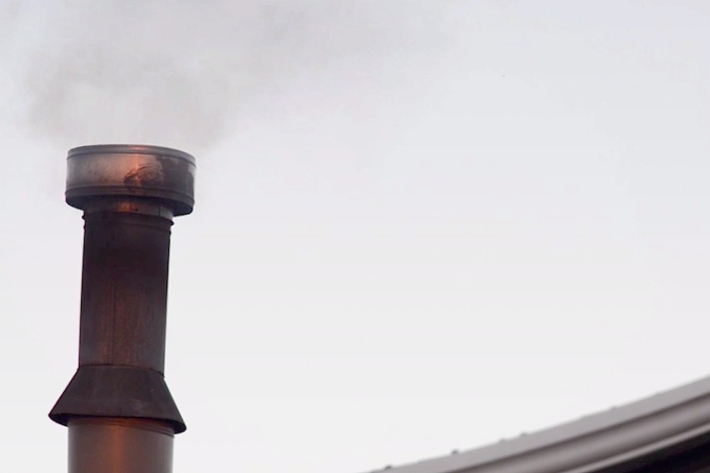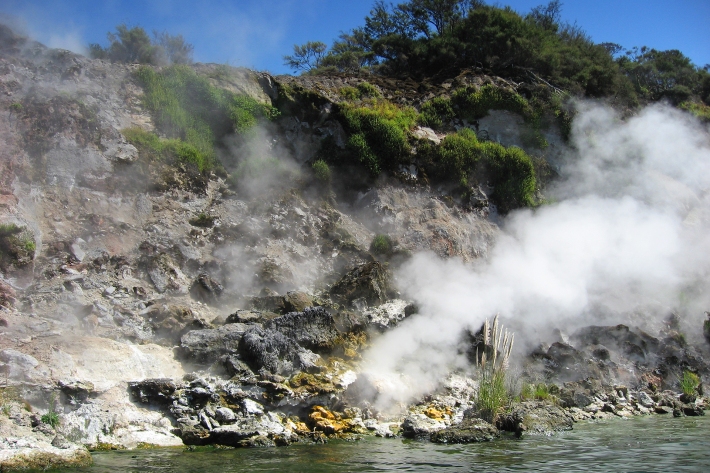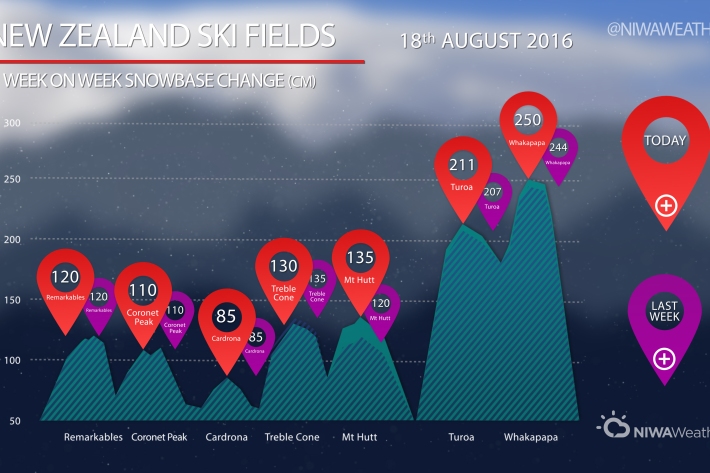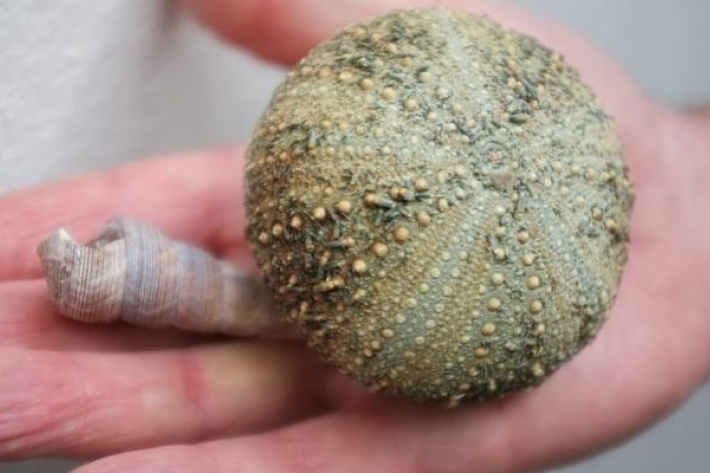-

AQUA2016
Information about the Australasian Quaternary Association conference in Auckland in December 2016. -

Ngā Parangatanga - Sediment Module
The type of sediment that is deposited in your estuary, be it mud or sand, and how quickly it is deposited, has a big influence on what your estuary will look like, how clear the water will be, and the types of plants and animals that can live in it. Download 7 guides for this module. -

Critter of the Week: The flowering seapen
Anthoptilum grandiflorum (Verrill, 1879) is a species of Pennatulacea, or sea pen, in the octocoral group of Cnidaria. Octocorals are so named because they have 8 tentacles to each of their polyps. -

Rangiora: NIWA needs your help
Media release19 August 2016Rangiora residents willing to contribute to a community project about the quality of air in their town are being sought by NIWA scientists to help with their research. -

Mercury biomagnification in three geothermally-influenced lakes differing in chemistry and algal biomass
Research ProjectThis research project aimed to understand the causes behind differences in mercury in trout and other organisms in the Bay of Plenty/Te Arawa lakes—in particular what features of each lake explain why mercury in trout is higher in some lakes than in other lakes. -

Snow trends 18th August
Media release18 August 2016After one of the most tranquil weeks of the season, winter returns to the South Island this weekend, delivering some fresh powder—music to the ears of the country’s snow hounds. -
Sustainable Seas National Science Challenge announces successful research projects
Media release18 August 2016The Sustainable Seas National Science Challenge today announced funding for eight new scientific research projects to help New Zealanders better understand and manage the oceans surrounding them. -

Penguins reveal unknown swimming talents
Media release12 August 2016The remarkable long distance swimming abilities of penguins have impressed NIWA scientists who have tracked almost 100 birds over winter in the Southern Ocean. -

Vanuatu Prime Minister Charlot Salwai visits NIWA
Media release11 August 2016Vanuatu Prime Minister Charlot Salwai visited NIWA’s Wellington campus this week, as part of his first official visit to New Zealand. -

The decline of New Zealand’s sea lions
Research ProjectThe main breeding population of New Zealand sea lions at the Auckland Islands has halved in size since the late-1990s; NIWA scientists are working with the government and experts from around New Zealand and overseas to understand why. -
Critter of the Week: The prickly king crab
The prickly king crab, Paralomis zealandica, is a member of the family Lithodidae, a mainly deepwater crustacean group that is probably better known by many people for its tasty leg meat. -

Flying laboratory going low over Lauder
Media release05 August 2016NIWA atmospheric scientists in Central Otago are turning plane spotters next week as they eagerly await the flyover of a NASA research plane.

